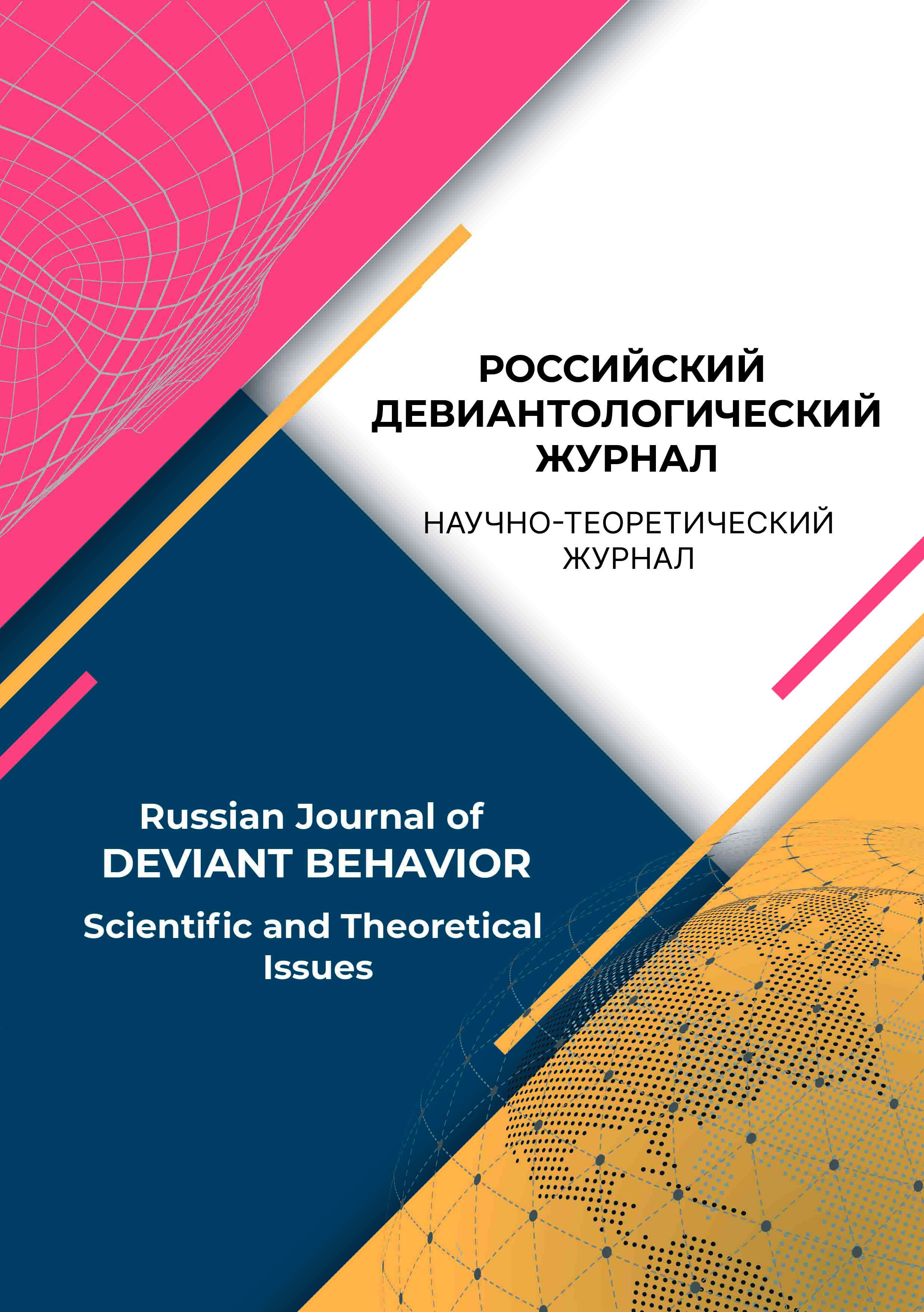Russian Federation
The current state of crime in Mongolia is characterized by the growth of dangerous criminal manifestations. An increase in the number of serious crimes, an increase in the level of their technical equipment and a corruption component objectively require the adoption of adequate and timely measures by law enforcement agencies. In order to combat crime at the present stage, law enforcement and other state bodies are forced to actively introduce effective means, methods and forms into the practice of combating socially dangerous manifestations. One of the priority areas in this matter is the integrated use of the achievements of applied psychology in combination with technical devices. In particular, we are talking about the introduction of methods of conducting a survey using a polygraph into the practice of law enforcement agencies. The author of the study draws attention to the organizational, legal and methodological problems that arise when using a polygraph in the activities of law enforcement agencies. In the process of conducting the study, general scientific methods of analysis, synthesis, formal logical and comparative legal methods were used. Thus, in the article, based on an analysis of the current state of the practice of using a polygraph in law enforcement in Mongolia, urgent problems are identified and ways to solve them are proposed.
polygraphology, University of Law Enforcement, training and research laboratory, training, specialist polygraph examiner
1. Boldbaatar, Zh. (2013). Teoretiko-metodicheskie aspekty ispol’zovaniya poligrafa v raskrytii prestupleniya: avtoref. … dok. diss. Ulan-Bator.
2. Otchet Universiteta vnutrennih del Mongolii za 2013-2016 gg. (2017). Ulan-Bator.
3. Pelenicyn, A. B., Soshnikov, A. P. (2010). Osnovnye trudnosti i problemy ispol’zovaniya poligrafa v pravoohranitel’noj deyatel’nosti i kadrovoj rabote i rekomenduemye puti ih preodoleniya. V Aktual’noe sostoyanie i perspektivy razvitiya metoda instrumental’naya «detekciya lzhi» v interesah gosudarstvennoj i obshchestvennoj bezopasnosti: materialy mezhdunarodnoj nauchno-prakticheskoj konferencii (2-4 dekabrya 2008 goda).
4. Handler, M., Honts, Ch. R., Krapohl, D. J., Nelson, R., & Griffin, St. (2009). Integration of Pre-Employment Polygraph Screening into the Police Selection Process. Journal of Police and Criminal Psychology, 24, 69-86. https://doi.org/10.1007/s11896-009-9050-2
5. Kassin, S. M. (2013). A critical appraisal of modern police interrogations. In T. Williamson (Red.), Investigative Interviewing: Rights, Research and Regulation (pp. 207-228). https://doi.org/10.4324/9781843926337
6. Synnott, J., Dietzel, D., & Ioannou, M. (2015). A review of the polygraph: history, methodology and current status. Crime Psychology Review, 1(1), 59-83. https://doi.org/10.1080/23744006.2015.1060080
7. Vrij, A., & Fisher, R. P. (2016). Which lie detection tools are ready for use in the criminal justice system? Journal of Applied Research in Memory and Cognition, 5(3), 302-307. https://doi.org/10.1016/j.jarmac.2016.06.014
8. Wood, J. L., Alleyne, E., Ó Ciardha, C., & Gannon, Th. A. (2020). An Evaluation of Polygraph Testing by Police to Manage Individuals Convicted or Suspected of Sexual Offending. University of Kent.














